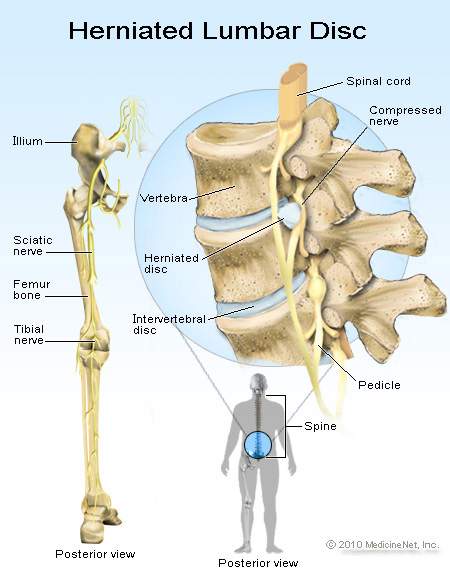John,
Thanks for the very informative post. What you say here makes a lot of sense.
To build the whole suport system and not to be reactive, but diligent and proactive in your body care.
Unfortunatly our medical system is about treating the symptom and not treating the cause.
As George Carlin put it "Something wrong with your head?...Two in the mouth!"
Where can one get information on proper body mechanic techniques to help back issues?
Is this a program that would be individual specific or are there some general techniques?
Chris
Hi Chris,
Sad to say, the LBP (low back pain) scientific community is "all over the place" on this topic and much disagreement exists in both the science and the rehabilitation.
From the Williams to the McKenzie exercises and therapies you have much disagreement. As well much of the research is aimed at "silver bullet" type therapies focusing on bit players in the TSM (Torso Stabilization Mechanism) like the Multifidus, and TvA (transversus abdominus) which are involved but by no means are they "silver bullets". These are most often spawned by the works of Richardson, Jull and a few other researchers from down under.
It would be virtually impossible for me to offer much meaningful and usable information without giving you a full course of the anatomy and biomechanics of the disc and the complete TSM. The TSM (torso stabilization mechanism) is the sum of all hard and soft tissues, both active and passive and the reflexive and volitional motor events that cause, create and manage forces "to, through, and from" the torso (CORE).
One also needs to understand that it is vitally important to have a grasp of these in order to understand what caused the problem, how to avoid the same issues, and how to recondition all the structures and TSM to reduce reoccurrence and reinjury.
It is VERY important also that these exercises, conditioning, reflexes, and awareness be maintained. As well, one should realize that in order to be able to be active and play sports with such a problem that ALL CONDITION be founded in strengthening the weakness, NOT strengthening everything else and avoiding the area due to fear of injury.
What I mean is, if you strengthen your legs and upper body but avoid the Low Back and Torso, so as not to injure it, you have simply created and injury production system, which virtually guarantees you will injure the untrained part again. So much of LBP therapy is wasted on teaching those sufferers how to NOT stress the area, which in turn only makes it weaker and the weak link in the Kinetic Chain.
Instead, as soon as one is out of the acute stages, ALL progress should be focused on and limited by the TORSO/CORE and reconditioning the TSM. Even to the point of making it far stronger than the rest of the body.
But on a whole, I would suggest you familiarize yourself with the anatomy of the Lumbar Spine and the discs. (See the photo)

If you flex the spine (as in bend forward at the waist) you will be compressing the anterior (frontal) portion of the disc body and opening the posterior (rear) portion. This compression causes the liquid portion (nucleus pulposus) of the disc then to exert huge forces on the now open and unprotected posterior disc body and it can be forced into protrusion or herniation.
So the goal during most any loaded or high force action would be to keep the posterior portion of the disc compressed to not allow these internal hydraulic forces to see and exposed posterior annular wall. This might even mean accentuating the Lumbar Dorsal Curve (arching the low back) when high forces are encountered. Due to evolutionary developments in the disc (my theory) the posterior disc body is far weaker than the anterior. (has to due with millions of years of being on all fours) and one will seldom EVER see a herniation to the anterior disc surface.
The rest of the TSM is a far too complex group of elements relative to ITP (intrathoracic pressure), IAP (intra-abdominal pressure) and the myriad of muscle, fascia, bones, connective tissues, and even how we breath and open and close the glottis to create certain force management occurrences.
That is why I occasionally do Power Point Seminars and Workshops since this is not something that can really be offered in print/text for the most part.
I would tell you to learn as much as possible but the problem is that there is so much "mis-information", even from seemingly good sources, that even that is difficult wade through safely.